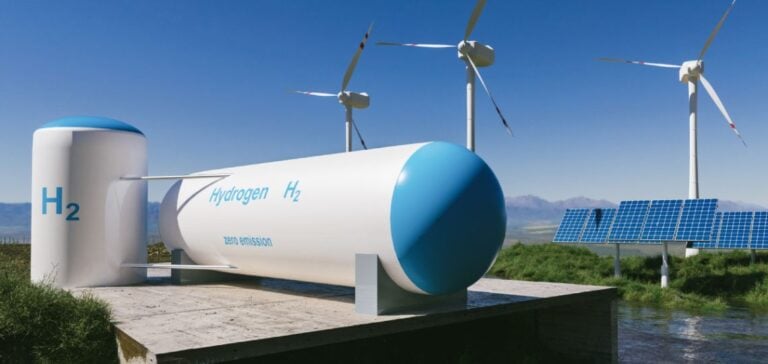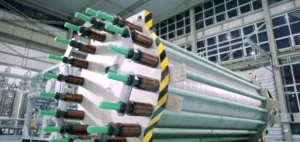Green hydrogen in China receives decisive support with an official government announcement in December 2023. The plan, developed by the Ministry of Industry and Information Technology (MIIT), the National Development and Reform Commission, and the National Energy Administration, aims to integrate hydrogen into industrial sectors to significantly reduce emissions.
The strategy also includes the development of carbon-neutral fuels such as green methanol and ammonia. These initiatives aim to address the needs of hard-to-decarbonize industries while enhancing energy autonomy.
Persistent Challenges for Producers
Despite clear objectives, the implementation of this strategy is hindered by the lack of structured purchase agreements. Data from Commodity Insights shows that China holds 49.57% of global green hydrogen production capacity under construction for 2023/2024. However, only a few major facilities achieve purchase coverage above 80%, a key criterion for obtaining bank financing.
Most projects are expected to supply the domestic market, particularly for transportation and marine fuels, thereby limiting exports. This lack of official agreements also complicates the international positioning of Chinese producers.
Active Support for Local Markets
At the same time, the Chinese government is encouraging the use of ammonia in coal-fired power plants, creating local demand for green hydrogen. According to Anri Nakamura, Principal Analyst at S&P Global Hydrogen, these measures target high-emission sectors and promise significant environmental benefits. However, their success will depend on the state’s ability to balance subsidies and economic viability.
Remarkable Technological Leadership
China remains the global leader in renewable energy installations and electrolyzer development. Yet, demand for these technologies falls short of expectations due to technical and financial challenges.
This new plan reflects China’s ambition to consolidate its dominant position while reducing its carbon footprint. Its success will depend on effective coordination among producers, policymakers, and investors.






















